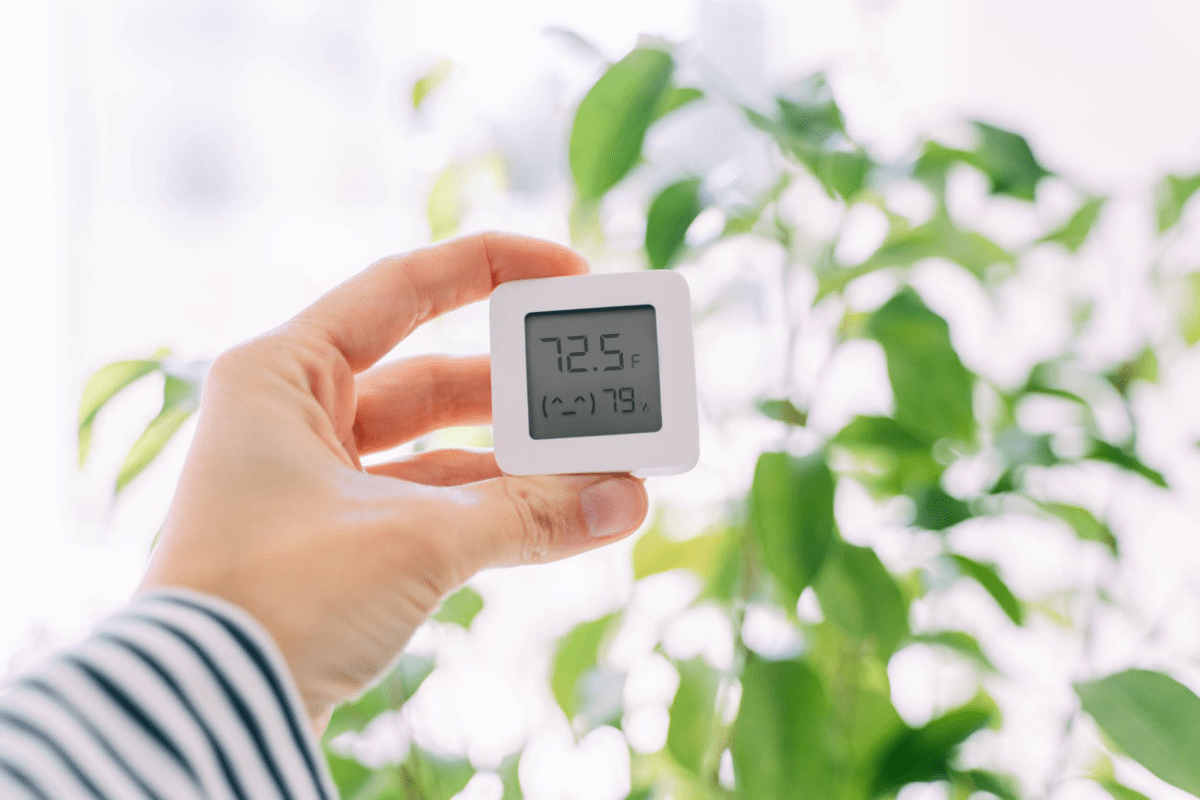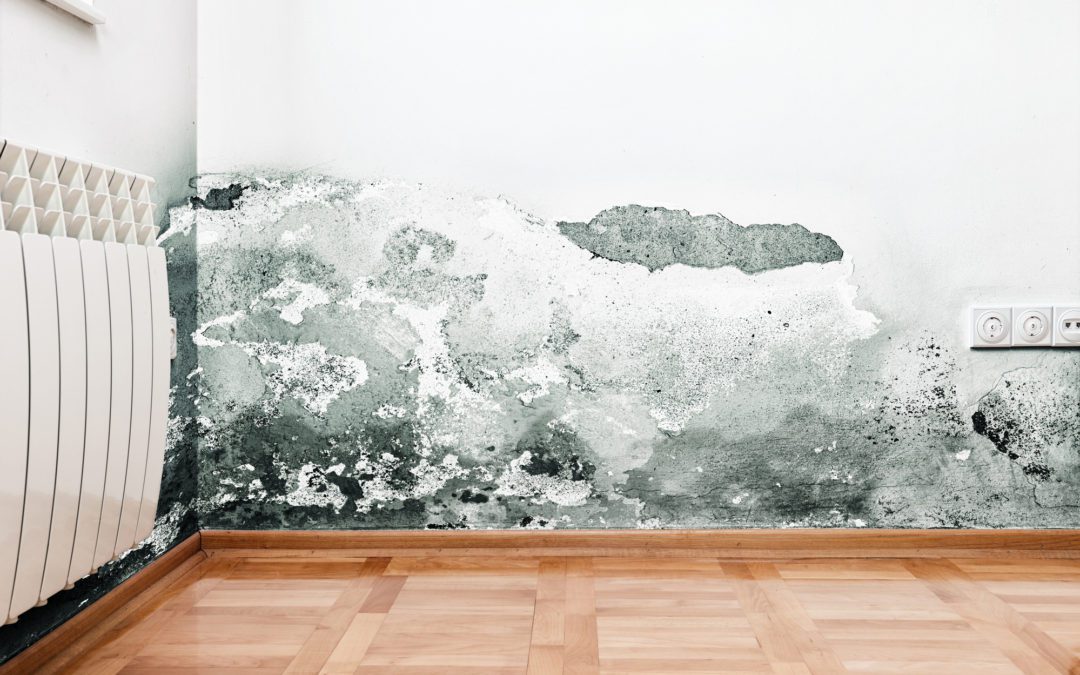Have you ever wondered what is RH Humidity? It’s a term that often comes up in conversations about climate control and indoor air quality, especially among homeowners and businesses. Knowing more about it can really make a difference in how comfortable your living or working spaces are. In this article, we will dive deep into the topic of RH humidity and why it’s a tremendous aspect of modern technology.

What Does RH Stand For?
The term RH stands for Relative Humidity. It’s a measure of the amount of moisture in the air compared to the maximum amount of moisture the air can hold at the same temperature. This percentage value helps us understand how warm or cool we actually feel because our bodies regulate temperature through the processes of sweating and evaporation.
Understanding Humidity Levels
Humidity levels can significantly impact how we feel. High humidity can make us feel hotter than the actual temperature, while low humidity can make us feel cooler. Maintaining balanced RH levels is crucial for comfort in homes and workplaces.
What Happens When RH is Too High?
When RH levels are high, the air is saturated with moisture, and the body’s ability to cool itself through sweating decreases. This can lead to discomfort, fatigue, and even potential health issues like heatstroke.
What Happens When RH is Too Low?
On the other hand, low RH can dry out the skin, aggravate respiratory conditions, and increase susceptibility to static electricity. It’s vital to monitor RH levels and use humidifiers or dehumidifiers accordingly.
RH Humidity in Homes
For homeowners, managing RH humidity is essential for creating a comfortable living environment. It influences not only comfort but also the longevity of your home’s structure and furnishings. Ensuring proper insulation and ventilation can help optimize RH levels at home.
How RH Impacts Businesses
Businesses, especially those in sectors like food storage, healthcare, and electronics, need to maintain precise RH levels to ensure product quality and safety. Investing in proper HVAC systems and RH monitoring tools becomes crucial in these industries.
The Role of Technology in Managing RH
Due to tremendous technological advancements, it’s now easier than ever to maintain ideal RH levels. Modern thermostats and smart appliances can automatically adjust humidity, improving comfort and energy efficiency.
Smart Thermostats
Smart thermostats can help regulate RH levels by controlling the air conditioning and heating systems based on real-time humidity data.
Dehumidifiers and Humidifiers
These appliances are designed to add or remove moisture from the air, helping maintain balanced RH levels. Click here to learn more about reducing humidity without using a dehumidifier.
Benefits of Maintaining Proper RH Levels
Proper RH management has numerous benefits. These include energy savings, increased comfort, and decreased maintenance costs for HVAC systems. This balance also ensures better health and reduces risks associated with mold and dampness.
Challenges in Maintaining RH
There are several challenges in maintaining optimal RH levels, such as seasonal changes, regional climate variations, and building designs. It’s essential to regularly check RH levels and adjust systems accordingly.
Seasonal Changes
During summer, RH levels tend to rise due to higher temperatures, while in winter, heating systems can dry out the air. Understanding these patterns can help in regulating RH more effectively.
Building Structure and Design
Building materials and design can greatly affect RH levels. Homes with poor insulation or ventilation might require more efforts to manage humidity.
Measuring RH Humidity
To ensure that your home or business maintains optimal RH levels, regular monitoring is necessary. Several devices are available to measure RH, ranging from simple hygrometers to more sophisticated digital sensors.
Practical Tips for Balancing RH Humidity
Balancing humidity can be straightforward with the right measures:
- Use exhaust fans in areas with high moisture, like kitchens and bathrooms.
- Seal leaks around windows and doors to maintain indoor conditions.
- Properly maintain HVAC systems and replace filters regularly.
Impact of RH on Health
Humidity levels can influence health in various ways. Balanced RH is critical in preventing respiratory issues and skin problems. Understanding how RH affects health emphasizes its role in wellness.
Future of RH Management
With ongoing advancements in technology, further improvements in managing RH are expected. Smart home systems and AI-driven solutions are set to revolutionize how we control indoor environments, promoting healthier and more efficient spaces.
Conclusion: Keeping RH in Check
In conclusion, RH humidity is a crucial element influencing comfort and health in both homes and businesses. By adopting technological solutions and implementing simple strategies, maintaining optimal RH levels is not only possible but also highly beneficial.
Learn More about maintaining HVAC systems.

FAQs about RH Humidity
What is the ideal RH level for homes?
The ideal relative humidity for homes is typically between 30% to 50%, as higher levels can lead to discomfort and health issues.
Why is RH important in businesses?
RH is crucial in businesses for maintaining product quality, particularly in industries such as food storage and manufacturing.
How can technology assist in managing RH?
Implementing devices like smart thermostats, dehumidifiers, and humidifiers can assist in managing RH effectively.






